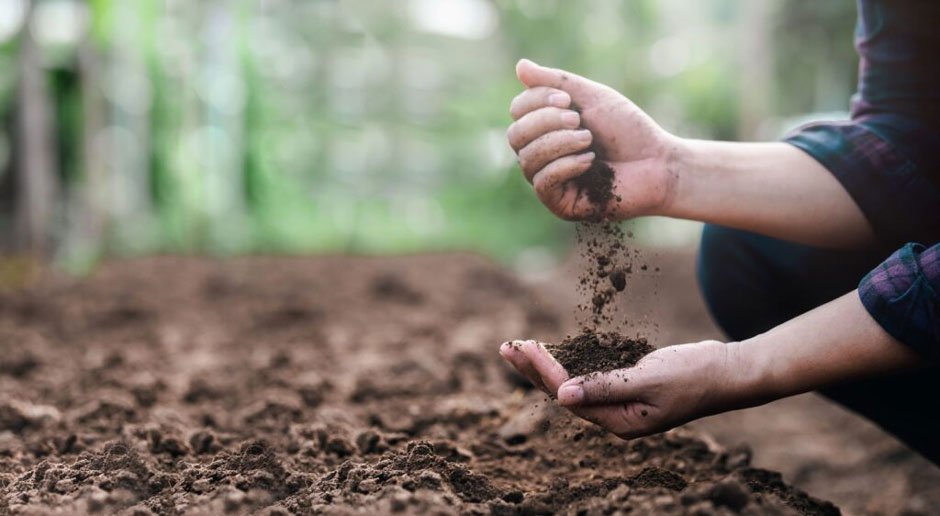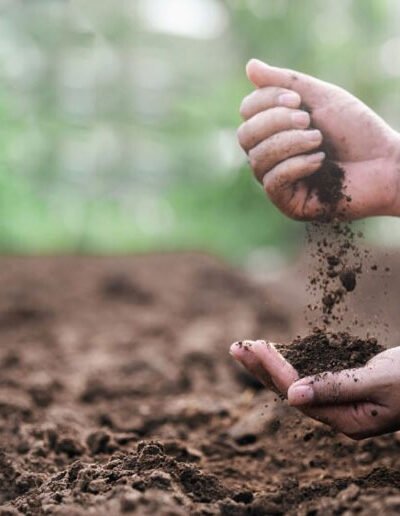 Whether you’re a seasoned gardener or just starting out, one of the most important decisions you’ll make is choosing the right soil and compost for your plants. The health of your garden depends on this foundation — it’s the key to lush flowers, bountiful vegetables, and thriving houseplants. But with so many options on the market, how do you know which to pick?
Whether you’re a seasoned gardener or just starting out, one of the most important decisions you’ll make is choosing the right soil and compost for your plants. The health of your garden depends on this foundation — it’s the key to lush flowers, bountiful vegetables, and thriving houseplants. But with so many options on the market, how do you know which to pick?
In this guide, we’ll walk you through how to match soils and composts to different types of plants so you can set your garden up for success.
Understanding the Basics: What’s the Difference Between Soil and Compost?
Before diving into specific plants, it’s important to understand the roles of soil and compost.
- Soil is the base material in which plants grow. It contains minerals, organic matter, water, and air. Different types of soil—like clay, sandy, loamy, or silty—have different textures, drainage levels, and nutrient content.
- Compost is organic material that has decomposed, such as food scraps, leaves, and grass clippings. It’s typically mixed into soil to boost its nutrient content and improve structure, moisture retention, and drainage.
When combined properly, soil and compost create the ideal environment for roots to grow strong and healthy.
Matching Soil and Compost to Plant Types
Let’s break it down by common garden categories:
Vegetables and Herbs
Vegetables and herbs are heavy feeders, meaning they need soil that’s rich in nutrients and drains well.
- Best soil: Loamy soil is ideal because it balances moisture retention and drainage.
- Compost tip: Use well-rotted compost or aged manure to enrich the soil with nitrogen, phosphorus, and potassium.
- Extra tip: For raised beds, consider using a “vegetable garden mix” that blends topsoil, compost, and coarse sand.
Flowering Plants
Annuals and perennials often have specific needs, but most flowering plants appreciate fertile, well-drained soil.
- Best soil: A loamy or sandy loam soil works well for most flowers.
- Compost tip: Incorporate compost that’s rich in organic matter to promote blooming. Leaf mold compost is excellent for improving moisture retention.
- Extra tip: For acid-loving flowers like azaleas and rhododendrons, use compost made from pine needles or oak leaves to lower the pH.
Succulents and Cacti
These plants are adapted to arid conditions and can easily rot in soggy soil.
- Best soil: A sandy, gritty soil with excellent drainage.
- Compost tip: Minimal compost is needed—if used, mix it sparingly to avoid retaining too much moisture.
- Extra tip: Consider using a commercial cactus mix or create your own by mixing potting soil with sand, perlite, or pumice.
Indoor Houseplants
Houseplants come in many varieties, from tropical to desert species, so it’s essential to tailor the soil.
- Best soil: For tropical plants like pothos or philodendron, use a peat-based potting mix that retains moisture. For orchids, choose a bark-based mix. For succulents, go with a cactus blend.
- Compost tip: Use compost in moderation to avoid overfeeding. A small amount of worm castings or composted bark can help improve nutrient levels.
Trees and Shrubs
These plants benefit from soil that supports deep root systems and long-term growth.
- Best soil: Slightly sandy loam or clay loam, depending on the species.
- Compost tip: Apply compost as a top dressing around the base to improve soil health over time, rather than mixing it deeply into the planting hole, which can cause settling.
- Extra tip: Mulching around trees and shrubs can also help retain moisture and regulate soil temperature.
General Tips for Success
- Test your soil: Consider doing a basic soil test to check pH and nutrient levels.
- Amend as needed: Use compost to improve poor soils, whether they’re too sandy, too heavy, or low in nutrients.
- Don’t overdo it: Too much compost can lead to overly rich soil, which may encourage excessive foliage at the expense of flowers or fruit.
Conclusion
Choosing the right soil and compost is like giving your plants the perfect home. By understanding the needs of each type of plant and tailoring your soil and compost accordingly, you set the stage for a healthy, productive garden. With a little care and the right foundation, your plants will reward you with beautiful blooms, tasty harvests, and vibrant greenery all season long.





Leave a Reply